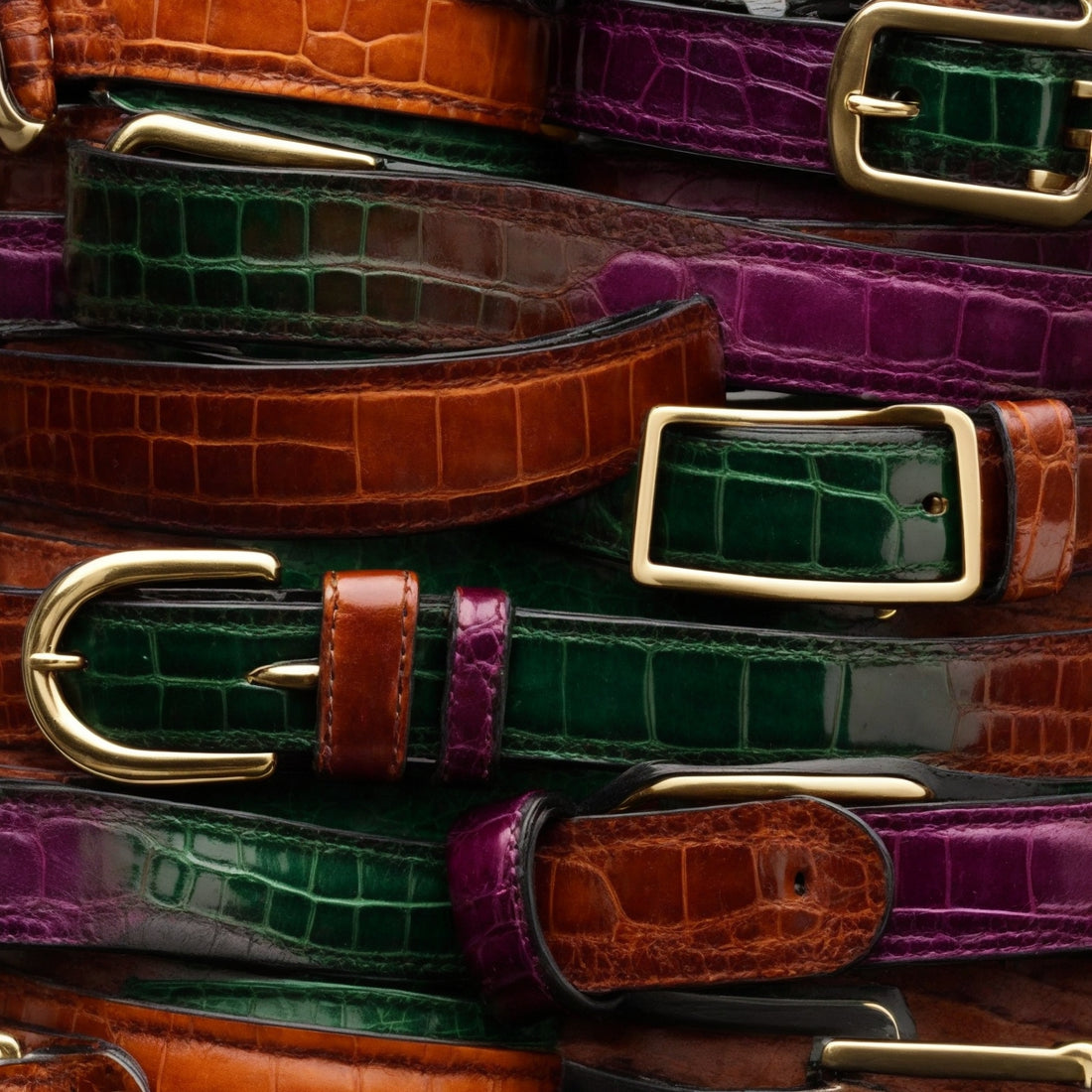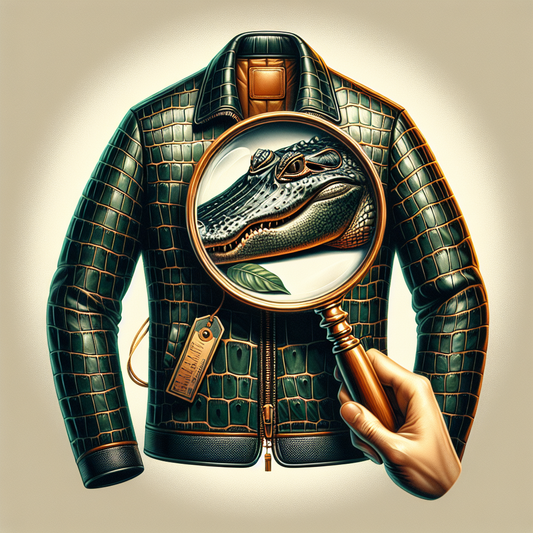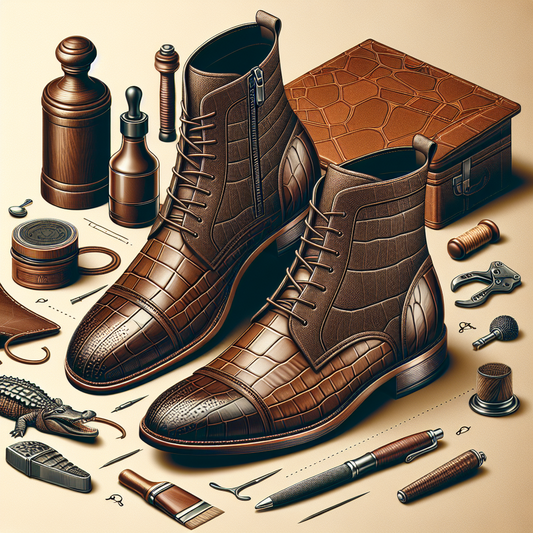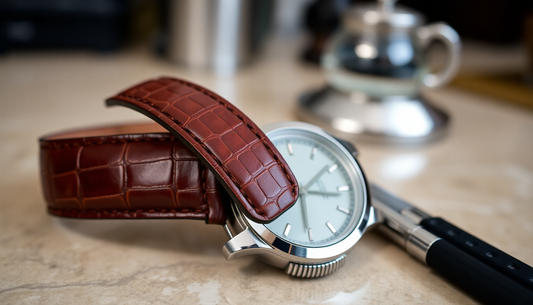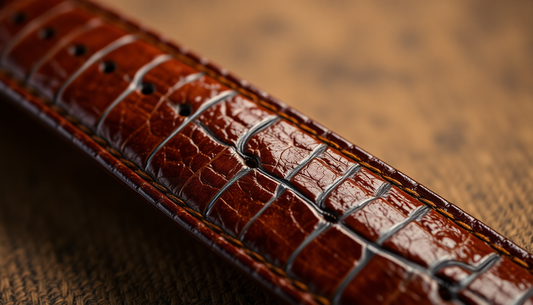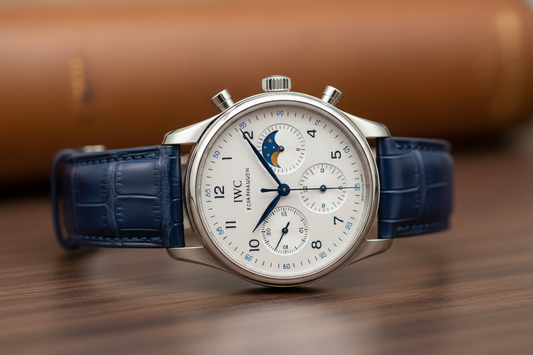The Ultimate Guide to Choosing the Best Leather: A Deep Dive into Types, Qualities, and Care
Unveiling the Allure of Leather: A Journey Through History and Craftsmanship
Leather, a timeless material steeped in history and craftsmanship, has held a special place in human culture for centuries. Its durability, versatility, and inherent beauty have made it a constant companion in countless aspects of our lives, from the rugged boots we wear to the luxurious handbags we carry. But with an array of leathers available, choosing the right one for your needs can feel like navigating a complex labyrinth. This comprehensive guide delves into the fascinating world of leather, exploring its origins, its diverse types, the nuances of quality, and the care required to preserve its timeless appeal.
Tracing the Roots: A Glimpse into Leather's History
The story of leather intertwines with the very history of humanity. Archaeological evidence suggests that humans began using animal hides for clothing and shelter as far back as the Stone Age. Over time, the process of tanning, which transforms raw hides into durable, usable leather, evolved. Early civilizations used natural methods, employing tannins from tree bark and other plant sources to preserve the hides and create leather. This practice, still used today, gives vegetable tanned leather its unique character and rich history.
The ancient Egyptians, renowned for their mastery of craftsmanship, developed sophisticated tanning techniques, utilizing a variety of natural ingredients like salt, alum, and animal dung. Leather played a vital role in their daily life, finding its way into clothing, footwear, furniture, and even religious artifacts. In the Roman Empire, leather production flourished, with workshops producing everything from sandals and armor to saddles and shields. The Roman army, known for its prowess, relied heavily on leather for its equipment, highlighting the material's strength and resilience.
Types of Leather: Decoding the Diverse Spectrum of Hide and Skin
The world of leather is a fascinating tapestry of textures, colors, and qualities, each stemming from different animal hides and unique processing methods. Let's delve into some of the most popular and sought-after leather types, understanding their individual strengths and characteristics:
- Full Grain Leather: The epitome of luxury and durability, full grain leather is considered the highest quality. It retains the top layer of the hide, untouched and unmarred by sanding or other treatments. This natural grain showcases the unique markings, scars, and variations that give each piece of full grain leather its distinct character. It's known for its strength, breathability, and resistance to scratches and stains, making it an excellent choice for items that demand both durability and elegance. Full grain leather is often used for high-end handbags, wallets, jackets, boots, and furniture.
- Top Grain Leather: As the name suggests, top grain leather originates from the top layer of the hide, but undergoes a slight sanding process to create a smoother, more uniform surface. While still durable and aesthetically pleasing, it may be slightly less resistant to scratches compared to full grain leather. It's a popular choice for its balance of quality and affordability. Top grain leather is frequently used for belts, gloves, luggage, and automotive interiors.
- Corrected Grain Leather: This leather undergoes a more intensive sanding process to remove natural imperfections and create a consistent, uniform appearance. It's often used for items that require a smooth, even surface and is generally more affordable than full grain or top grain leather. Corrected grain leather is commonly found in clothing, footwear, and accessories.
- Split Leather: This leather is created by splitting the hide into two layers. The top layer is typically used for full grain or top grain leather, while the lower layer, often called 'split leather,' is generally less durable and lacks the natural beauty of its upper counterpart. It's often used for less demanding applications, like linings or inexpensive leather goods.
Beyond the Basics: Exploring the World of Tanning and Finishing
The journey into leather extends beyond its basic types. Tanning methods and finishing treatments play a pivotal role in shaping the final product's appearance, durability, and feel. These processes contribute to the wide range of textures, colors, and characteristics that make leather so fascinating:
- Vegetable Tanned Leather: This traditional method utilizes natural tannins extracted from plants like oak, chestnut, and mimosa. These tannins interact with the collagen fibers in the hide, creating a strong, durable leather that develops a beautiful patina over time. Vegetable tanned leather is cherished for its eco-friendliness, unique character, and its ability to age gracefully, becoming more beautiful with each passing year. It's often used for high-end furniture, belts, and leather goods that are meant to be enjoyed for generations.
- Chrome Tanned Leather: Chrome tanning is a faster and more cost-effective method that uses chromium salts to tan the hide. It produces a softer and more pliable leather, making it suitable for clothing and accessories. However, chrome tanned leather is not as durable as vegetable tanned leather and lacks its natural character. It's commonly used in clothing, shoes, and other items where softness and flexibility are desired.
- Aniline Leather: Aniline leather is minimally treated, allowing the natural markings and texture of the hide to shine through. This results in a highly breathable and soft leather that exudes elegance. However, aniline leather is more susceptible to staining and requires careful care. It's often used for high-end handbags, jackets, and other items where a luxurious, natural look is desired.
- Semi-Aniline Leather: A middle ground between aniline and pigmented leathers, semi-aniline leather offers a balance of natural beauty and stain resistance. It receives a light coat of pigment to enhance its color and provide a slight degree of protection against staining. It's often used for clothing, handbags, and other items that require a balance of durability and natural beauty.
- Pigmented Leather: This leather is coated with pigments to create a uniform color and protect it from stains. Pigmented leather is often used for items that require high durability and easy maintenance, as it's resistant to scratches and scuffs. It's commonly found in furniture, luggage, and other items that see a lot of wear and tear.
The Allure of Exotic Leathers: A Touch of Luxury and Rarity
For those seeking the ultimate in luxury and exclusivity, exotic leathers offer a captivating allure. These leathers, derived from animals like crocodiles, alligators, snakes, and even stingrays, possess unique patterns, textures, and a rarity that elevates them to a realm of prestige. Each hide tells a story, reflecting the animal's natural beauty and the skilled craftsmanship required to transform it into a stunning work of art.
Crocodile leather, renowned for its distinctive scales and durability, is a coveted material for luxury handbags, wallets, shoes, and belts. Alligator leather, known for its smooth, elegant texture and unique patterns, is a popular choice for high-end accessories and luxury items. Snake leather, with its intricate scales and natural sheen, adds a touch of elegance and sophistication to everything from handbags and wallets to jackets and belts.
A real alligator belt, for example, is a statement piece that exudes sophistication and prestige. Its distinctive scales, a testament to the alligator's protective armor, create a captivating pattern. This natural beauty, combined with the durability and strength of alligator hide, makes a real alligator leather belt a timeless investment, symbolizing refinement and quality.
Choosing the Right Leather: Considerations for Your Individual Needs
The best leather for you ultimately depends on your individual needs, preferences, and the purpose for which you'll be using it. Here are some key factors to consider when choosing the right leather:
- Purpose: What will you be using the leather for? A rugged backpack requires different leather than a delicate handbag. For instance, full grain leather is ideal for backpacks due to its durability, while softer leathers like aniline are better suited for handbags.
- Durability: How much wear and tear will the item endure? Full grain leather is the most durable option, offering excellent resistance to scratches, scuffs, and general wear and tear. For items that will see heavy use, full grain leather is often the best choice.
- Appearance: Do you prefer a natural, rustic look or a more polished, uniform finish? Full grain and aniline leathers offer a unique character, showcasing the natural markings and variations of the hide. Pigmented leather provides a more consistent look, often with a smooth, even surface.
- Care Requirements: Some leathers require more maintenance than others. Aniline leather, with its minimal treatment, is delicate and needs careful care, while pigmented leather is more resistant to stains and scratches. Consider your lifestyle and how much time and effort you're willing to invest in leather care.
- Budget: Leather prices vary significantly depending on type, quality, and origin. Exotic leathers, like alligator or crocodile, command higher prices due to their rarity and unique characteristics. Set a budget beforehand to help you narrow down your options and make a wise purchase.
- Ethical Considerations: Leather production can have environmental and ethical implications. If you're concerned about sustainability and animal welfare, consider purchasing leather from brands that use ethically sourced and tanned hides. Look for certifications like Leather Working Group (LWG) or the Responsible Leather Standard (RLS) that ensure responsible practices throughout the supply chain.
Preserving the Beauty: A Guide to Leather Care
Just like any prized possession, leather requires proper care to maintain its beauty and longevity. Here are some essential tips for caring for your leather goods:
- Regular Cleaning: Dust and dirt can build up on leather, dulling its appearance and potentially causing damage. Use a soft, dry cloth to dust your leather items regularly. For deeper cleaning, consider using a leather cleaner specifically designed for the type of leather you have. Avoid using harsh chemicals or abrasive cleaners, as they can damage the leather.
- Conditioning: Leather can dry out over time, especially in dry climates. Use a leather conditioner to moisturize and nourish the leather, keeping it supple and preventing cracking. Apply a thin layer of conditioner to the leather, and allow it to absorb completely before buffing the surface with a soft cloth.
- Avoid Exposure to Water: Leather is susceptible to water damage. Avoid getting your leather items wet, and if they do get wet, dry them thoroughly at room temperature. Avoid direct heat, as it can cause the leather to crack. If your leather item gets soaked, consult a professional leather cleaner for guidance.
- Protect from Sunlight: Prolonged exposure to direct sunlight can fade the color of leather and cause it to become brittle. Store your leather items in a cool, dry place away from direct sunlight. If you must display leather items in direct sunlight, consider using a UV-protective cover.
- Proper Storage: When not in use, store your leather items in a breathable bag or container to prevent dust and moisture buildup. Avoid storing them in airtight containers, as this can cause the leather to become stiff. If you're storing leather items for extended periods, consider using cedar wood blocks to deter insects and absorb moisture.
The Enduring Appeal of Leather: A Timeless Investment
Leather is not merely a material; it's a testament to craftsmanship, a symbol of enduring style, and a reminder of the enduring beauty of nature. Whether you're drawn to the rugged durability of full grain leather, the exotic allure of a real alligator belt, or the timeless elegance of aniline leather, the world of leather offers an array of choices for your individual needs and preferences. With proper care and appreciation, your leather items can become cherished companions, stories waiting to be told through each mark, scuff, and patina. They are investments in quality, style, and longevity, destined to become treasured heirlooms for generations to come.
So, next time you're seeking a new piece of leather, take your time, explore the diverse world of leather types and qualities, and choose wisely. With the right care and appreciation, your leather items will become treasured companions, stories waiting to be told through each mark, scuff, and patina. They are investments in quality, style, and longevity, destined to become treasured heirlooms for generations to come.


